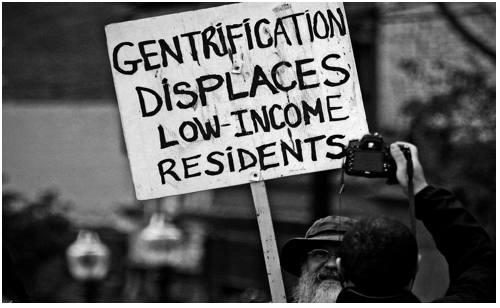The “Just-No-Money-for-That” Blues
PLATKIN ON PLANNING-Although I have taken the Los Angeles Times to task for its coverage of local planning issues, especially when it became a mouthpiece for the no on S campaign, on Sunday, July 30, 2017, the paper got it right. So, hats off to investigative reporters Emily Alpert Reyes and David Zahnizer.




































